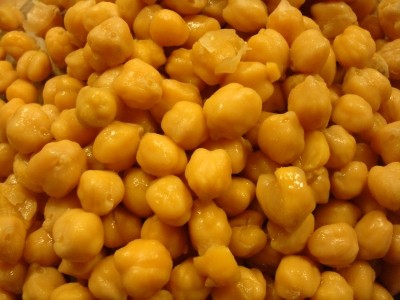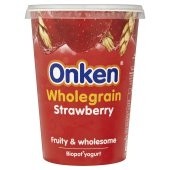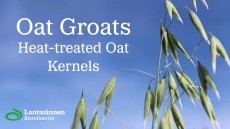Chickpea crackers offer iron-rich gluten-free options
And when tested by consumers, the chickpea crackers scored highly, indicating that such formulations would be readily accepted by discerning consumers.
“The compositional and nutritional profiles of the crackers were also very similar to the existing cracker products on the market with the exception of the percentage daily values per serving of iron that were 3-6 times higher in the chickpea crackers than existing products on a per serving basis,” wrote the researchers from Alberta Agriculture and Rural Development in Canada
“The pulse-based, gluten-free cracker products investigated in this project have well-developed potential to both appeal to consumers and to impart health benefits,” they added.
The findings of the study, partially funded by Pulse Canada, are published in Food Research International.
The findings could lead to enhanced products for the blossoming gluten-free food market, worth almost $1.6bn last year, according to Packaged Facts, and experiencing a compound annual growth rate of 28 per cent over four years.
Sufferers of coeliac disease have to avoid all gluten in their diet, but diagnosis is not the only factor. Other sectors of the population, such as those who have self-diagnosed wheat or gluten intolerance or who believe gluten-free to be a healthier way of eating, are also strong drivers.
Study details
Led by Jay Han, the Alberta-based researchers formulated crackers using nine commercially available pulse fractions, including chickpea, pinto and navy bean, green and red lentil, and yellow pea flours, and pea protein, starch and fibre isolates.
The results of these prototype tests showed that chickpea crackers offered the best potential for scale-up, based on acceptability data, processing characteristics and consultation with an industry partner.
Commercial-scale processing of the chickpea crackers was conducted at Edmonton-based Kinnikinnick Foods, and the results compared to products already on the market. While the compositional and nutritional profiles of the crackers were very similar to these products, the chickpea formulation was a richer source of iron, said the researchers.
The search for alternatives
If ongoing study supports the potential of chickpea flour for gluten-free formulations, it could join an emerging list of alternatives for the gluten-free range. Recently, researchers from the Celiac Disease Center at Columbia University in New York reported that standard gluten-free flours may be replaced with flours from ‘alternative’ grains like oats and quinoa in order to improve the nutritional profile of the finished products. Substitution with the alternative flour sources was found to improve intakes of protein, iron, calcium and fibre,
Source: Food Research International
Published online ahead of print, doi: 10.1016/j.foodres.2009.07.015
“Development of gluten-free cracker snacks using pulse flours and fractions”
Authors: J. Han, J.A.M. Janz, M. Gerlat













